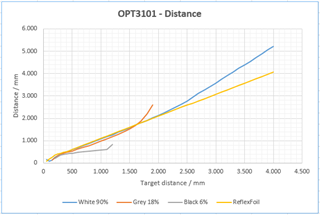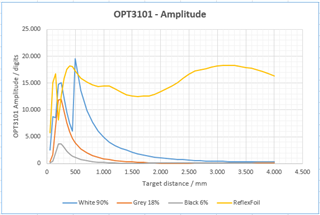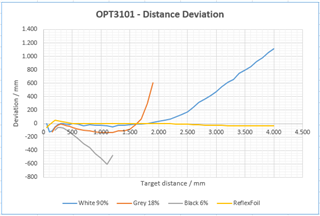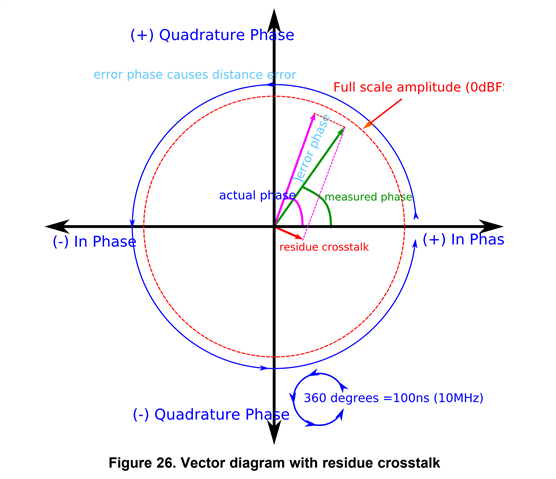Tool/software:
Hello,
OPT3101 is using an Indirect TOF method with phase measurement after I/Q demodulation.
For Direct TOF systems, a well-known error is the Walk-Error.
Also with our OPT3101 devices, we observe a distance (= phase) error in dependency of the signal amplitude (= reflectance of the target).
What is the physical / mathematical correlation between the signal amplitude and the phase at OPT3101 ITOF method?
Thanks.






